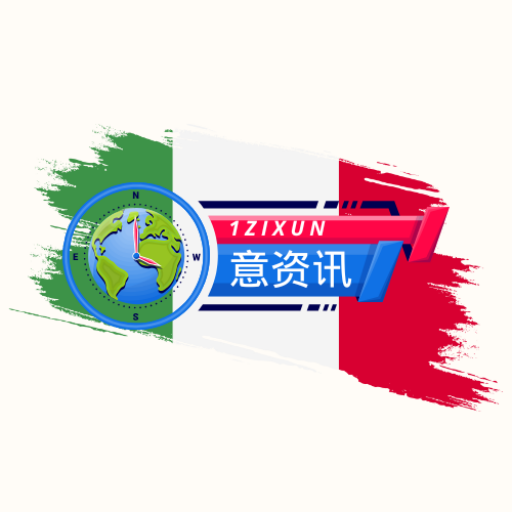A new perspective on Rome, seen through the eyes of the artists who captured its atmosphere and transformations between the two World Wars, is the focus of a renewed exhibition. The Museo della Scuola Romana (Museum of the Roman School) reopens to the public on September 16th following a reinstallation in the top-floor halls of the Casino Nobile in Villa Torlonia and the arrival of new works for the show “Sguardi sulla città” (“Glances at the City”).
The project, promoted and curated by the Capitoline Superintendency for Cultural Heritage, features 150 works—including paintings, sculptures, drawings, and prints—by artists such as Antonietta Raphaël, Mario Mafai, Scipione, and Fausto Pirandello. The exhibition also includes exponents of Magical Realism and the “Return to Order” movement, like Antonio Donghi, and proponents of “Tonalism” such as Roberto Melli.
The inaugural exhibition was bolstered by a contribution from BNL BNP Paribas, which granted the loan of the “Collezione Roma.” Conceived by Cesare Zavattini in the immediate post-war period for film producer Ferruccio Caramelli, this collection consists of 54 small-format works (20×26 cm) dedicated to the city and created between 1946 and 1948 by renowned artists including Afro, Renato Guttuso, Giorgio de Chirico, and Alberto Savinio.
“The visitor is presented with a multifaceted image of Rome and the artists’ great love for the city, which each experienced in a very different way, resulting in a strong stylistic variety,” Federica Pirani, director of the Artistic Heritage of the Historic Villas for the Superintendency, told ANSA. “There is no single way to narrate the art of those years and its relationship with Fascism.”
Reorganized according to new criteria for its upcoming 20th anniversary, the museum’s layout now follows thematic nuclei tied to principal contexts, such as the Scuola di via Cavour and the artists of Villa Strohl-Fern. One room will be dedicated to the Zavattini Collection. “We will only be able to show in part that many painters left a dedication or a short poem to the city on the backs of their small canvases. This, too, is a particular landscape of Rome,” Pirani explained.
The exhibition also focuses on the city’s transformations, with paintings depicting construction sites and its less epic side, and highlights the work of female artists, who have recently been the subject of dedicated monographic shows.
With over 200,000 visitors a year, the Villa Torlonia Museums are among the most visited civic museums in the capital. “We have reopened the bunker, and with QR codes, videos, and many guided tours—also for disabled persons—we tell many stories to better understand the city,” Pirani said, emphasizing the dynamic museum’s educational and outreach mission, which is the fruit of public-private collaboration. “It is not large and cannot be exhaustive.”
The museum—established through the Archive of the Roman School and the efforts of Netta Vespignani, Miriam Mafai, and others—does not have a true permanent collection. It instead relies on donations and works on long-term loan from the artists’ heirs, who, as Pirani notes, “become fond of the museum and propose new works for display that the public would otherwise not be able to admire.”
